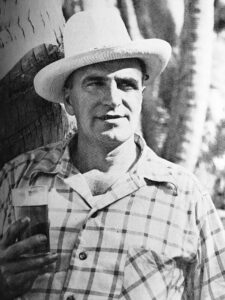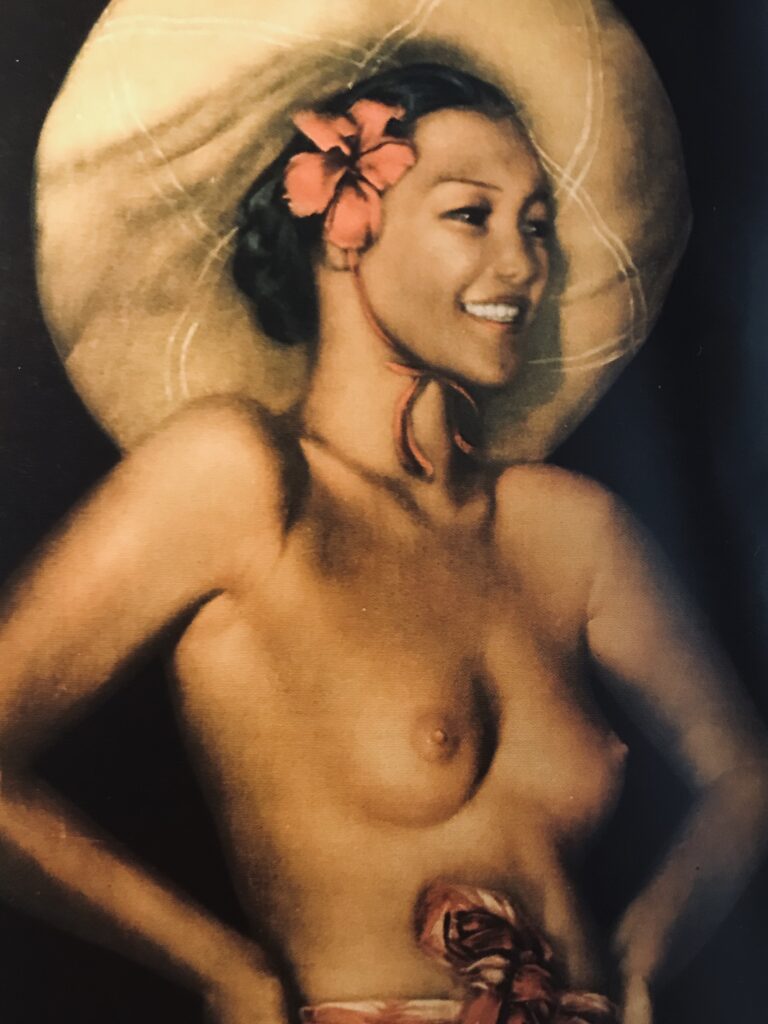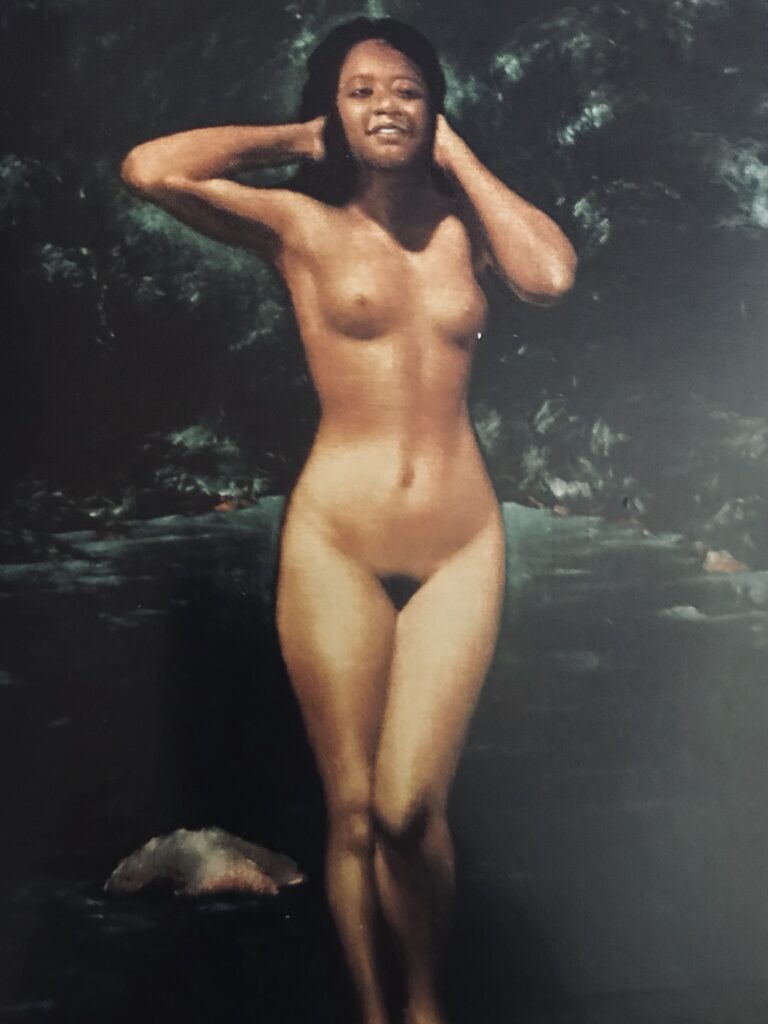
Edgar Leeteg was a cantankerous, womanizing, self-obsessed, hard-drinking painter who lived on his own Tahitian island of Moorea. — A perfect subject for a Curious Perro Blog 😎
He was also a true artist on one of the least likely mediums: Black Velvet.
Often simply referred to as “Leeteg of Tahiti”, he painted masterpieces that highlighted the Polynesian people and culture. Seductive and erotic images of partially nude Polynesian women, most of whom he bedded, were the most popular subject for his artwork.

In the book, Leeteg of Tahiti: Masterpieces on Black Velvet by his confidant and agent Bernard “Aloha Barney” Davis, Edgar Leeteg is described as: “An artist, a vagabond. A maverick, who would accept no brand of convention. A lover of beauty. A lover of women. A lover of life. And a lover of love itself.”

Collectors and art dealers would track him down so they could possess “A Leeteg”. Many of his first paintings were left in tiki bars and raunchy joints of Hawaii. They had been traded as restitution for bar tabs as he worked and saved for his move to Tahiti. Eventually some patrons traveled to Tahiti to meet the artist and to make buying arrangements.
Billboards to Masterpieces
Edgar Leeteg was born in East St. Louis, Illinois in 1904. After many odds jobs in his late teens and early twenties, he found employment as a billboard artist for large outdoor advertising company, Foster & Kleiser, based in Sacramento, California. There he honed his artistic skills before embarking on an employment opportunity that he heard about in Tahiti.
Having visited on vacation a few years prior, Tahiti offered a chance to avoid the impending depression of the 1930s in the United States.
To get to Tahiti, Leeteg first needed to sail to Hawaii. During his several month layover, he found marginal employment and swapped black velvet paintings with local bars to payoff bar tabs. Finally in 1933 he left Hawaii and sailed to Tahiti for a job that never materialized.
Tahitian Home – Villa Velour

While he lived an unconventional life of a painter, Leeteg was both talented and lucky. A patron from Utah, Wayne Decker, had seen his work in Hawaii, found him in Tahiti and paid him annually for 10 paintings per year. This income, along with the growing popularity of his paintings marketed by his agent, afforded Edgar his wontan lifestyle in Tahiti.
He built a compound of small casitas with an open-air rotunda decorated with an ornate and circular, custom aquarium. A spectacular communal location on his retreat called Villa Velour. For the rest of his life, this was his home, the home of his mother and some of his children.
But Leeteg had an anxious personality. To blow off steam, he would travel to the larger Tahitian city of Papeete and carouse in the bars with friends. He also had way too many women and way too much alcohol.
Excerpt from Rascals in Paradise: “I boozed more,” he boasted, “fought more, laid more girls, and thrown more wild parties than anyone else on the island, but it’s all good publicity and gets me talked about plenty, and that’s what sells pictures.”
He became famous in Tahiti for three things:
- Being the wealthy American painter;
- Sleeping with many women; and
- Causing havoc during his drunken binges
Edgar Leeteg died in 1953 at the age of 49 from injuries resulting from a motorcycle accident.

His Legacy
His legacy as the “Father of Black Velvet Painting” continued well beyond his death. After he died, he was memorialized in several books including a chapter entitled “Leeteg, the Legend” in James Michener’s 1957 book “Rascals in Paradise”.
He lived 20 years in Tahiti. He was drinking buddies with James Norman Hall; an author who co-wrote The Bounty Trilogy that included “Mutiny of the Bounty”. Leeteg was survived by many illegitimate and two legitimate children, three common law wives and his mother.
His paintings served as a mainstay during the tiki bar craze in the United States during the 1950s and into the 1960s. In the early 1960s, the value of some of his paintings rose as high as $20,000 apiece.
Edgar Leeteg lived a full and unorthodox life and he will always be remembered as Leeteg of Tahiti: The Father of Black Velvet Painting.

Curious Perro is a view of our world through this Gringo’s eyes. Through my video lens, my mind and my words, I will take you on fantastic trips to faraway lands. Please Follow me and like me on Facebook, Subscribe and like me on YouTube and Join the Adventures on my Blog — Watch On and Read On!!! #CuriousPerro


